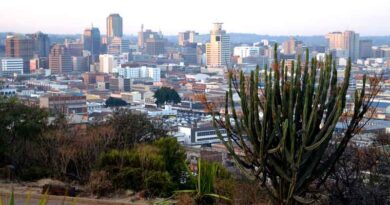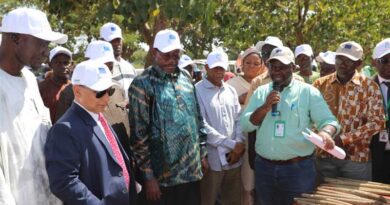Study Points to Possible Improvements in the Weed Scouting Technologies
22 March 2022, Colorado: Detecting and identifying weeds early in the growing season is fundamental to effective weed control. Doing so allows growers to develop targeted, site-specific management plans that reduce crop loss and minimize the need for herbicides and tillage. Unfortunately, though, scouting fields for new weeds can be extremely time-consuming.
In an article featured in the journal Weed Science, scientists say that UAVs and other remote sensing tools may be able to help – especially if they are fine-tuned to reflect changing conditions in the field.
A university research team took steps to move the technology forward by exploring how variations in weed density and environmental conditions within and between growing seasons can impact remote sensing results. Test plots were planted with varying densities of Palmer amaranth and large crabgrass – two weeds common in soybean crops. Some were planted with varying densities of soybeans and some without.
After monitoring the plots over a two-year period, researchers determined that the light reflections used by sensing technologies to detect and identify weeds are dynamic. They fluctuate throughout and between growing seasons due to variable rainfall and other environmental changes. Reflective properties were also shown to vary by weed species and by weed density.
“By understanding these differences in light magnitude and in how it is absorbed or reflected, developers can fine-tune artificial intelligence algorithms and sensor platforms to better differentiate between crop and weed species,” says Nicholas Basinger, Ph.D., of the University of Georgia, who led the research team.















